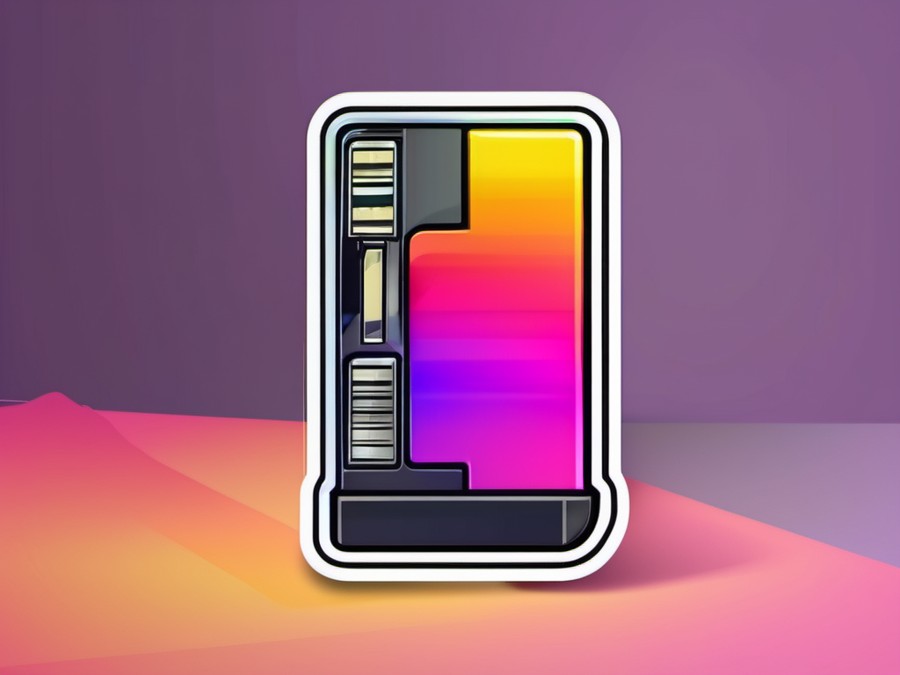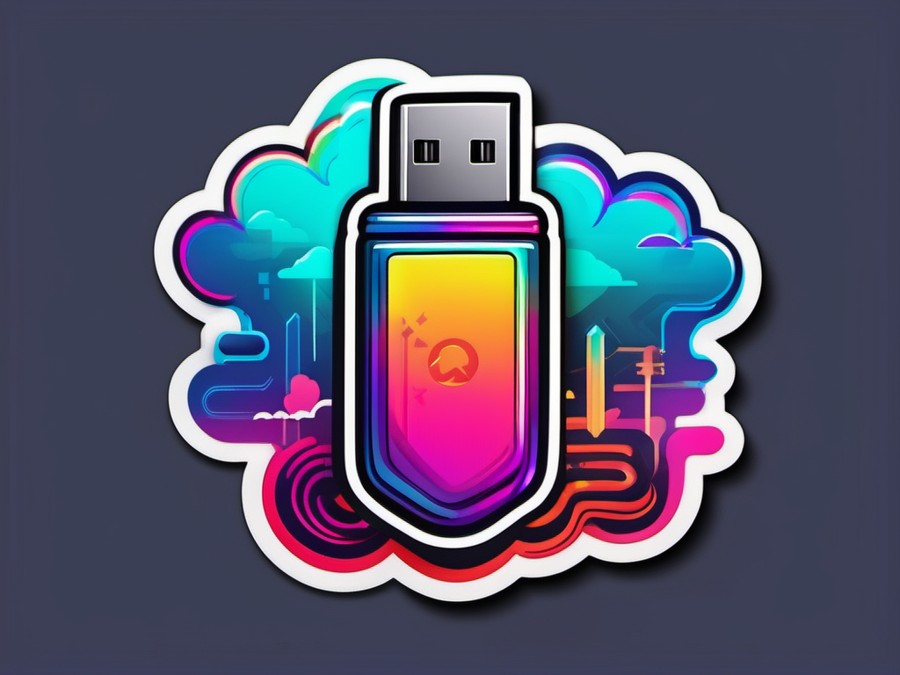· Charlotte Will · Flash Accessories · 7 min read
What is a Memory Card Wallet and How Does It Protect Your Data?
Learn how a memory card wallet protects your valuable digital data. Discover the benefits, features, and best practices for photographers and travelers. Ensure your photos and videos are safe with expert tips and recommendations.

In the digital age, protecting our data has become more crucial than ever. Whether you’re a professional photographer or an enthusiastic traveler, the importance of securing your digital assets can’t be overstated. Enter the memory card wallet—a simple yet effective solution for keeping your valuable data safe. So, what exactly is a memory card wallet and how does it safeguard your precious memories? Let’s dive in.
Understanding Memory Card Wallets
The Basics of a Memory Card Wallet
Definition and Purpose: Imagine a wallet, but instead of holding cash or credit cards, it securely stores your memory cards. A memory card wallet is a compact, often pocket-sized case designed to hold multiple memory cards such as SD cards, CF cards, and microSD cards. Whether you’re capturing stunning landscapes on a hike or shooting a high-profile event, these wallets ensure that your data is always within reach and protected from potential hazards.
Types of Memory Cards It Can Hold:
Memory card wallets are designed to accommodate various types of memory cards.
- SD Cards: Commonly used in digital cameras, these are the most widely supported.
- CF Cards: Often found in professional cameras, offering larger storage capacities and faster data transfer speeds.
- microSD Cards: Ideal for smaller devices like drones and action cameras.
Why Photographers Need a Memory Card Wallet:
Organization and Convenience: For photographers, handling multiple memory cards is a daily reality. A memory card wallet keeps everything organized and easily accessible. Instead of fumbling through pockets or bags, you can quickly swap cards as needed, ensuring a smooth workflow throughout your shoot.
The Importance of Data Protection
Common Causes of Data Loss:
Data loss can occur due to a variety of factors, not all of which are obvious.
- Physical Damage: Dropping or exposing memory cards to extreme temperatures can render them useless.
- Corruption: Interrupting data transfer or using low-quality cards can lead to corrupted files.
- Misplacement: It’s easy to lose track of tiny memory cards, especially when switching between multiple devices.
Real-Life Implications of Data Loss:
The consequences of data loss can be severe, both personally and professionally.
- Personal Consequences: Loss of cherished memories like family vacations or milestone events.
- Professional Consequences: Loss of work, potential damage to reputation, and missed deadlines.
How Memory Card Wallets Enhance Data Protection:
Physical Security Features:
Durable Materials: A well-constructed memory card wallet is made from durable materials that can withstand everyday wear and tear.
- Secure Closures: Many wallets come with secure closures or latch systems to prevent accidental opening.
Organizational Benefits:
Keeping Track of Cards: A memory card wallet helps you stay on top of which cards have been used and which are still available.
- Easy Access and Retrieval: Quickly find the card you need without rummaging through a pile.
Preventing Data Corruption:
Proper Handling and Storage: Ensuring your memory cards are properly handled and stored minimizes the risk of corruption. Keeping them in a wallet designed for this purpose can prolong their lifespan and maintain data integrity.
Additional Benefits of Using a Memory Card Wallet:
Portability and Convenience:
Carrying Multiple Cards: Memory card wallets allow you to carry multiple cards in a compact form, making it easy to switch between devices or projects.
- Ease of Use: Swapping cards is quick and painless, which is crucial for maintaining a steady workflow.
Compatibility with Card Readers:
Ease of Data Transfer: Most memory card wallets are designed to fit seamlessly with common card readers, ensuring that data transfer is a breeze.
- Increased Efficiency: The compatibility factor saves you time and effort, making your workflow more efficient.
Enhancing Workflow for Professionals:
Streamlined Processes: For professionals, a memory card wallet provides a streamlined way to manage data. This is particularly beneficial for photographers, videographers, and other digital content creators who rely on speed and efficiency.
- Reliability: Knowing that your data is secure allows you to focus more on the creative aspects of your work rather than worrying about technical issues.
Choosing the Right Memory Card Wallet
Factors to Consider:
Size and Capacity: Depending on your needs, you might want a wallet that can hold a larger number of cards.
- Material Quality: Opt for wallets made from high-quality materials to ensure longevity.
- User Reviews: Checking what other users have to say can provide valuable insights into the product’s performance.
Popular Brands and Recommendations:
Top Picks for Photography Enthusiasts: Brands like Peak Design and Think Tank Photo offer excellent memory card wallets that are durable and feature-rich.
- Recommended Features: Look for features like clear labeling, protective shells, and robust clips.
Best Practices for Using a Memory Card Wallet:
Handling Memory Cards Properly:
Avoiding Extreme Temperatures: Keep your memory cards away from heat sources and cold environments.
- Keeping Cards Clean: Regularly clean your memory cards to prevent dust and debris from causing issues.
Regular Backup of Data:
Importance: Backing up your data is a critical step in ensuring that it remains safe.
- Techniques: Use cloud storage or external hard drives to create backups of your important files.
Real-Life Examples of Data Protection with Memory Card Wallets:
Success Stories from Professionals:
Testimonials and Case Studies: Many professionals have reported that using a memory card wallet has saved them from losing valuable data.
- Lessons Learned: Learning from others’ experiences can help you avoid common pitfalls.
Lessons Learned from Data Loss Incidents:
Preventive Measures: Stories of data loss can highlight the importance of taking proactive measures to protect your digital assets.
- Learning from Mistakes: Understanding what went wrong in data loss incidents can help you implement better practices.
Conclusion
In conclusion, a memory card wallet is an invaluable tool for anyone who relies on digital data. Whether you’re a professional photographer or an avid traveler, investing in a good memory card wallet can save you from the headache of data loss. By providing physical security, organizational benefits, and compatibility with card readers, these wallets enhance your workflow and give you peace of mind. So, stay organized, safeguard your data, and keep creating those wonderful memories!
FAQs:
Question 1: What types of memory cards can fit in a typical memory card wallet? Most memory card wallets are designed to accommodate common types of memory cards such as SD cards, CF cards, and microSD cards. Always check the specifications of your wallet to ensure compatibility with your needs.
Question 2: Are there any specific features I should look for in a memory card wallet? When choosing a memory card wallet, consider factors like durability, secure closures, size and capacity, and user reviews. High-quality materials and positive feedback from other users are good indicators of a reliable product.
Question 3: How often should I back up my data from the memory cards to prevent loss? The frequency of backing up your data depends on how critical the data is. For important projects, consider backing up after each session or at least once a week. Daily backups might be necessary for high-priority work.
Question 4: Can a memory card wallet help me organize my digital files better? Yes, a memory card wallet can significantly improve your organizational skills. By keeping all your memory cards in one place, you can easily track which ones have been used and which are still available. This helps in maintaining a more efficient workflow.
Question 5: What other tips do you have for ensuring the safety of my digital assets? In addition to using a memory card wallet, consider regularly cleaning your cards, avoiding extreme temperatures, and creating backups of your data on cloud storage or external hard drives. Proper handling and timely maintenance can go a long way in safeguarding your digital assets.
For more insights into data protection and digital storage solutions, explore these related articles:
- What is a Memory Card Holder and How Does It Protect Your Data?
- What are USB Memory Card Adapters and Why Do You Need Them?
- What is the Benefit of Using a Faster Memory Card?
- What is the Importance of Waterproof Memory Card Cases for Outdoor Enthusiasts?
- What is a Data Card and How Does it Provide Mobile Broadband?
- What is the Best Memory Card for Drone Photography?
- What is the Fastest Memory Card for Professional Photography?
- What is the Ideal Memory Card Reader for Photographers?
- What is the Best Memory Card Carrying Case for Travelers?




